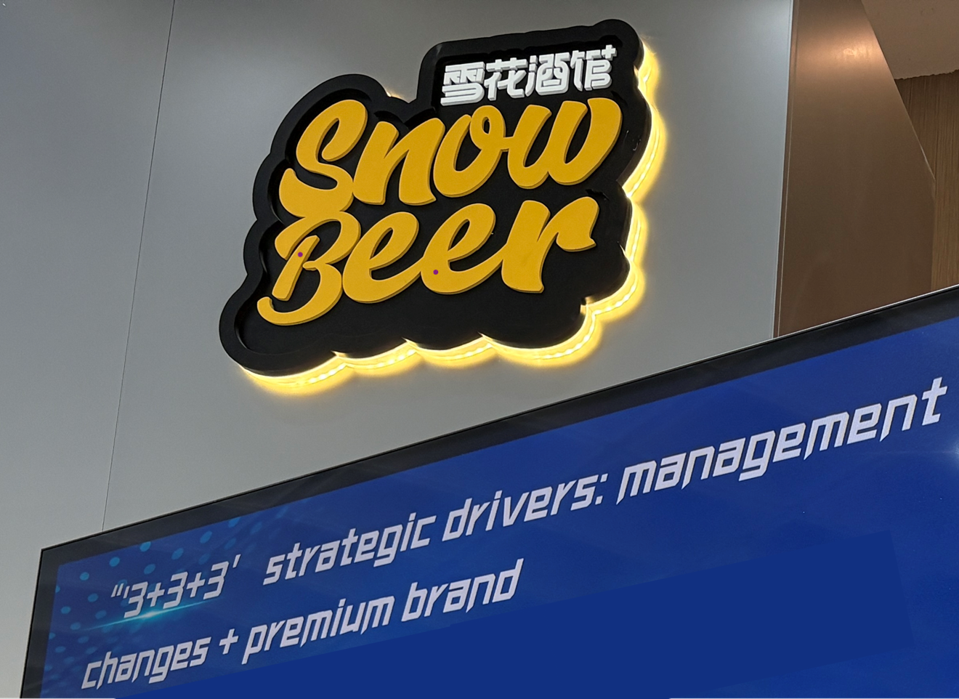In 2016, China Resources Beer (CR Beer)—the world’s largest beer company by volume—stood at a crossroads. The Chinese beer market had peaked. Consumer tastes were shifting dramatically toward premium, personalized experiences. The old playbook of scale, price wars, and acquisitions was no longer enough. For CR Beer’s new CEO, Hou Xiaohai, the challenge wasn’t just about selling more beer—it was about reinventing the company’s soul.
In a landscape that increasingly rewards agility and authenticity, the story of CR Beer’s transformation is a powerful case study in leading with courage, clarity, and cultural alignment. Its lessons resonate far beyond the beer business—from boardrooms in Boston to startup hubs in São Paulo.
Lesson 1: The Courage to Tackle the “Three Mountains”
Hou inherited an unwieldy machine: 98 inefficient breweries, a bloated workforce, and a weak position in the premium market. Many CEOs would tinker at the edges. Hou chose to climb what he called the “Three Mountains” head-on.
CR Beer cut its breweries by one-third, halved its workforce, and increased wages by 47% to retain critical talent. This wasn’t a spreadsheet exercise—it was leadership through pain, purpose, and people. It took years of patience, discipline, and emotional intelligence.
For American leaders accustomed to quarterly performance pressures, Hou’s multi-year transformation reminds us that long-term strategic change demands sacrifice, not just slogans.
Lesson 2: Culture Eats Strategy (Especially in China)
Transformation isn’t just about what you do—it’s about how people feel doing it. CR Beer launched one of the largest cultural transformation efforts in Chinese corporate history, engaging over 36,000 employees in co-creating a new cultural DNA: “Every Individual Matters, Every Bottle Shines.”
This wasn’t window dressing. CR Beer embedded culture into its management systems, performance reviews, and leadership development. The result? A workforce that moved from resistance to resilience.
As global leaders—from Microsoft to Heineken—have learned, culture is the real operating system of modern organizations. It’s what makes transformation stick.
Lesson 3: Partner Globally, Execute Locally
While many Chinese firms chase overseas markets, Hou took a contrarian view: first, bring the world’s best to China. In 2018, CR Beer formed a landmark partnership with Heineken, securing exclusive China distribution rights and accelerating its premium strategy.
For Heineken, the move reignited growth in what is now its second-largest market globally. For CR Beer, the partnership brought global cachet and immediate credibility with younger urban consumers.
This is globalization done right—not through expansion alone, but through collaborative advantage. It’s a lesson for American companies entering Asia: local scale and global brand equity can be more powerful together than apart.
Lesson 4: Innovation Is Not Just Product—It’s Process, People, and Platform
CR Beer didn’t stop at restructuring. The company digitized everything from supply chains to sales channels. The creation of SuperX—its flagship Gen Z brand—wasn’t just a product launch. It was a co-created, data-driven, lifestyle-centered reinvention.
CR Beer also overhauled its go-to-market model, replacing traditional distributors with a sophisticated “Major Customer Platform,” modeled after FMCG best practices. It used big data to target premium outlets, empowered small distributors with tech and training, and aligned incentives with strategic goals.
Leadership here wasn’t about bold vision alone—it was about connecting strategy to execution across every level of the business, from factory floors to music festivals.
Lesson 5: Reinvention Means Looking Beyond the Core
Facing an evolving alcohol market, CR Beer did something few giants dare to do: diversify into Baijiu, China’s iconic liquor category. Skeptics questioned the move. But Hou’s long-term view prevailed.
CR Beer built its liquor business patiently—acquiring stakes in key regional brands, integrating distribution, and investing in premiumization. It’s a textbook case of adjacency innovation, mirroring how Amazon moved from books to cloud or how AB InBev integrated craft beer brands globally.
For global CEOs, the message is clear: the future isn’t found by looking deeper into the core—it’s found at the edges of capability and conviction.
The Global Leadership Blueprint
CR Beer’s journey is more than a Chinese success story. It’s a leadership playbook for any executive navigating the volatility of the 21st century. It teaches us that:
- Great leaders create alignment before acceleration—fixing structure and culture before chasing growth.
- Reinvention demands empathy and discipline, especially in legacy-heavy industries.
- Global partnerships are not about control but co-creation, as seen with Heineken’s resurgence in China.
- Digital transformation must start with people, not just platforms.
- Future-ready leaders go beyond efficiency—they shape identity.
As CR Beer enters the final phase of its nine-year transformation, it offers a powerful reminder that scale is no substitute for soul, and that in the age of disruption, leadership is the true differentiator.
For CEOs in New York or Nairobi, Shenzhen or São Paulo, the question isn’t whether to change. It’s whether you’re leading with the courage to make that change meaningful—and sustainable.

